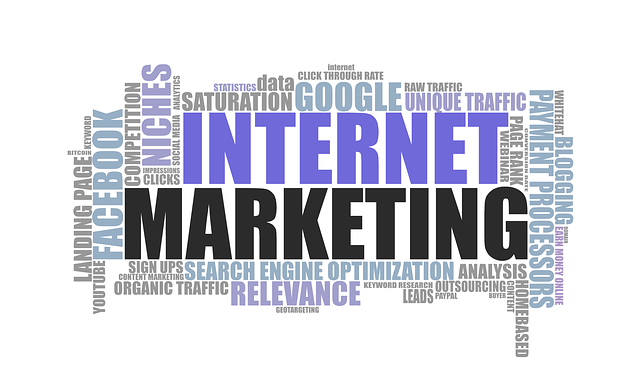AI heatmap tools for retail foot traffic are revolutionizing commercial real estate by providing detailed insights into customer behavior through advanced analytics and machine learning. These tools help developers, landlords, and retailers optimize store layouts, resource allocation, and marketing strategies based on high-traffic areas, peak shopping times, and popular routes identified in the heatmaps. By leveraging GPS tracking and camera footage, AI heatmap tools enable data-driven decisions that enhance customer experiences, maximize investment returns, and drive better overall property performance.
In the ever-evolving landscape of commercial real estate, Artificial Intelligence (AI) is revolutionizing property management and strategic decision-making. This article explores the transformative power of AI heatmap tools in predicting retail foot traffic patterns. By analyzing vast datasets, these innovative tools unlock critical insights into customer behavior, helping businesses optimize store layouts, marketing strategies, and overall property performance. From enhancing tenant satisfaction to maximizing investment returns, AI heatmap analysis is a game-changer for the industry.
- Unlocking Commercial Real Estate Insights: AI Heatmap Revolution
- The Role of AI in Predicting Retail Foot Traffic Patterns
- Enhancing Property Management: Leveraging Heatmap Tools for Strategic Decisions
Unlocking Commercial Real Estate Insights: AI Heatmap Revolution

In the realm of commercial real estate, understanding foot traffic and customer behavior is pivotal for making informed decisions. AI heatmap tools have emerged as a game-changer in this landscape. By leveraging advanced analytics and machine learning algorithms, these innovative solutions can uncover intricate insights into retail spaces, providing valuable data on customer movements, popular areas, and potential bottlenecks. This technology revolutionizes traditional methods of analysis by offering a dynamic, visual representation of activity patterns.
AI heatmaps enable developers, landlords, and retailers to make strategic adjustments based on concrete evidence. They can identify high-traffic zones, optimize store layouts, and enhance overall customer experiences. With real-time tracking capabilities, these tools empower businesses to stay agile and adapt quickly to market changes. The ability to predict utility usage patterns is a significant advantage, ensuring efficient resource allocation and cost optimization in commercial properties.
The Role of AI in Predicting Retail Foot Traffic Patterns

Artificial Intelligence (AI) is transforming how we understand and predict commercial real estate utilization, particularly in retail spaces. By leveraging AI heatmap tools for retail foot traffic, developers, landlords, and retailers can gain valuable insights into customer behavior patterns. These advanced analytics solutions analyze historical data, weather conditions, local events, and marketing campaigns to create detailed maps of areas with high pedestrian activity.
This technology enables businesses to make data-driven decisions regarding store placement, product distribution, and marketing strategies. For instance, AI algorithms can identify peak shopping times, popular routes, and areas with potential for expansion or renovation. Such insights are crucial in optimizing space usage, enhancing customer experiences, and maximizing the return on investment in commercial real estate.
Enhancing Property Management: Leveraging Heatmap Tools for Strategic Decisions

AI heatmap tools are revolutionizing property management in commercial real estate by providing valuable insights into retail foot traffic patterns. These advanced analytics platforms use machine learning algorithms to analyze vast amounts of data, including GPS tracking and camera footage, to create detailed heatmaps that visualize areas of high and low activity within a property. This empowers property managers with strategic decision-making capabilities, enabling them to optimize space utilization and enhance tenant experiences.
By leveraging AI heatmap tools for retail foot traffic, managers can identify popular gathering points, understand customer flows, and even predict potential issues like congestion or underutilized spaces. Armed with this data, they can make informed choices regarding layout adjustments, merchandising strategies, and amenity placements, ultimately driving better performance and increased tenant satisfaction.
AI heatmap tools are transforming commercial real estate by offering profound insights into retail foot traffic patterns. By leveraging these advanced analytics, property managers can make data-driven decisions, optimize space utilization, and enhance overall portfolio performance. The predictive capabilities of AI heatmaps empower professionals to stay ahead of market trends, ensuring their properties remain vibrant and attractive to tenants and customers alike.
